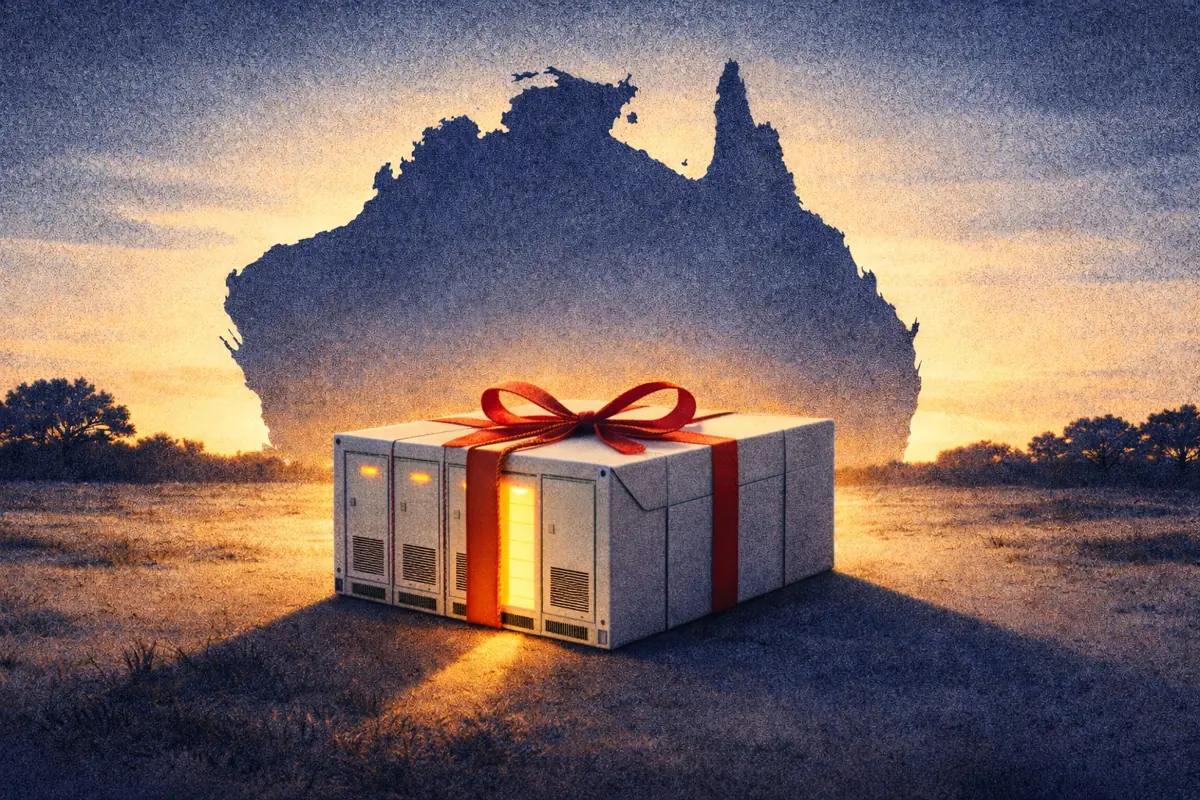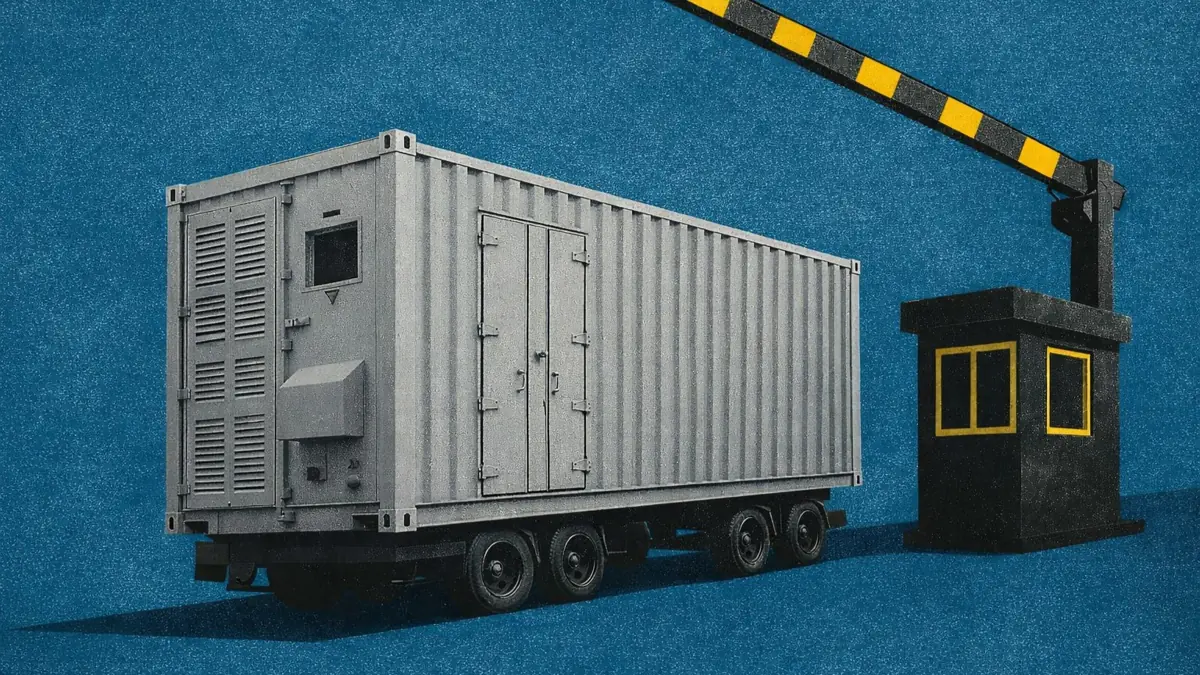Australia Battery Operations: How Philip Island performed better than perfect in March 2025
Australia Battery Operations: How Philip Island performed better than perfect in March 2025
In March 2025, battery energy storage systems in the NEM earned 40% lower revenues than the previous month due to fewer periods of extreme prices. However, different energy market bidding strategies and co-optimisation between energy and FCAS provision led to some batteries outperforming.
Executive Summary
- New South Wales was the only state with energy price spikes, driving up potential revenues for batteries in the state.
- Longer-duration batteries had higher potential revenue per megawatt throughout the NEM. However, batteries had varying performance in capturing these revenues depending on operational strategies.
- Philip Island earned even higher revenues than if it had perfectly captured energy price spreads. This is thanks to co-optimised dispatch between energy and FCAS regulation.
- Batteries lowered the prices of their energy discharge bids when energy prices were likely to spike. This meant that they had high energy output throughout the intervals with potential price spikes.
Extreme prices in New South Wales meant higher potential revenue for battery energy storage systems in the state
Energy trading revenues continue to drive battery energy storage earnings in the NEM. In February 2025, energy trading made up a record 94% of battery earnings. In March 2025, this percentage dropped slightly to 85%, still an overwhelming majority.
This means that price spreads in the energy market - the difference between the highest and lowest prices each day - is becoming a better indicator for the value available for batteries to capture. The duration of a battery defines how many pricing intervals are included within this calculation. For example, a 1hr system could theoretically capture the 12 highest priced intervals in a day cycling once per day.
Already a subscriber?
Log in







